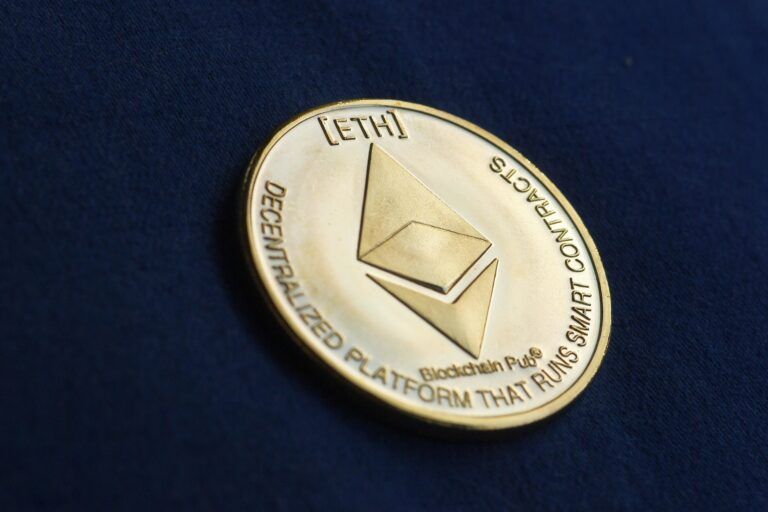On Wednesday (August 31), Mira Christanto, Investment Director at Luno Expeditions, which is a wholly-owned subsidiary of Digital Currency Group (DCG), took a closer look at Ethereum’s upcoming Merge upgrade and how people can make money from it.
Ethereum’s upcoming “Merge” upgrade, which marks the Ethereum network’s transition from proof-of-work (PoW) to proof-of-stake (PoS), is expected to take place sometime between September 10 and September 20.
Here is how Ethereum Foundation explains the Merge:
“The Merge represents the joining of the existing execution layer of Ethereum (the Mainnet we use today) with its new proof-of-stake consensus layer, the Beacon Chain. It eliminates the need for energy-intensive mining and instead secures the network using staked ETH. A truly exciting step in realizing the Ethereum vision – more scalability, security, and sustainability.
“It’s important to remember that initially, the Beacon Chain shipped separately from Mainnet. Ethereum Mainnet – with all it’s accounts, balances, smart contracts, and blockchain state – continues to be secured by proof-of-work, even while the Beacon Chain runs in parallel using proof-of-stake. The approaching Merge is when these two systems finally come together, and proof-of-work is replaced permanently by proof-of-stake.
“Let’s consider an analogy. Imagine Ethereum is a spaceship that isn’t quite ready for an interstellar voyage. With the Beacon Chain, the community has built a new engine and a hardened hull. After significant testing, it’s almost time to hot-swap the new engine for the old mid-flight. This will merge the new, more efficient engine into the existing ship, ready to put in some serious lightyears and take on the universe.“
Yesterday, Christanto started talking about the Merge on Twitter by explaining what it means:
“It’s a migration of Ethereum’s consensus mechanism. From ‘Proof of Work’, where miners validate transactions and secure the network, to ‘Proof of Stake’ — where those staking $ETH (locking it like an interest bearing account) will validate the blocks.“
Next, she talked about the benefits of the Merge:
- “Expensive to attack without the energy cost (99.95% reduction in energy consumption). Currently, 11% of $ETH supply is staked. An attacker would need >50% or $20.5 billion (assuming $ETH price doesn’t change or if no one fights off the attacker)“
- “Slow (or even reverse) $ETH inflation: Block rewards (or new ETH tokens issued every block) will drop -90% from 2.0 to 0.2 ETH. Plus some gas fees will be burnt. This removes $16.5 million in daily sell pressure from miners who need to cover their operating expenses“
The most interesting part of her Twitter thread was the part that talked about how people are trading the Merge:
The former Messari Senior Research Analyst then said that these are the two “popular trades”:
- “Doing nothing and longing ETH, for HODLing“
- “Taking ETH out of exchanges that don’t support forks, into a wallet that does (like MetaMask) to receive the airdrops of forked ETH“
And that these four four are the more complex/risky trades:
- “Borrow ETH against USDC (or other stablecoin that aren’t supporting Eth forks) so that any fork airdrops can be sold“
- “Long ETH and short ETH futures or staked ETH. Unlike spot ETH, $stETH doesn’t receive airdrops“
- “Long ETH and short ETC. ETC usually rallies before ETH forks and plummets after“
- “Long Lido ($LDO), Rocket Pool ($RPL), Ankr ($ANKR), Stakewise ($SWISE) which have approximately doubled from their year-to-date lows. Below is a split of the largest players“
Here are some other comments on Ethereum from the crypto community on Twitter:
Image Credit
Featured Image via Pixabay








